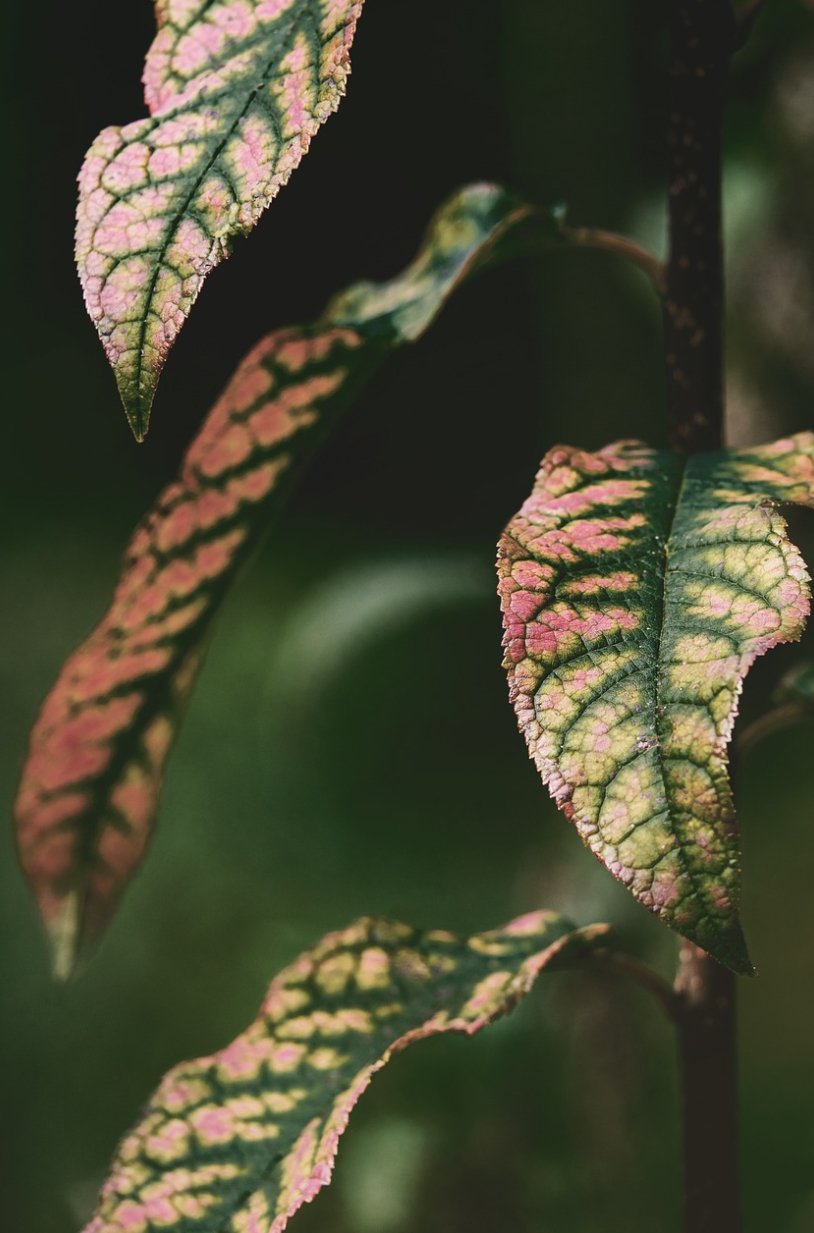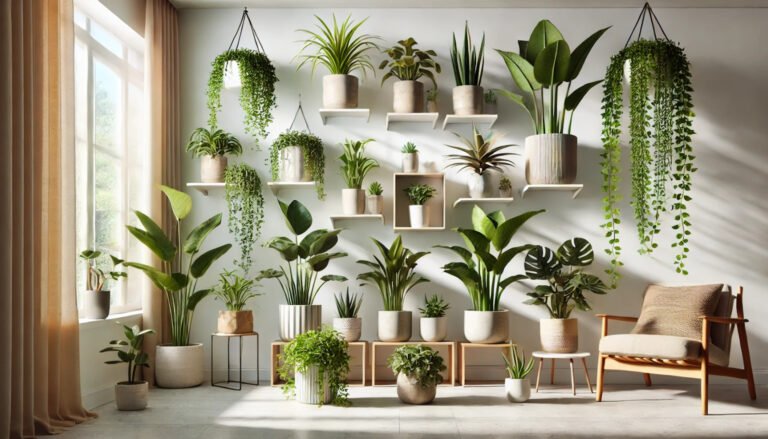When and how can we plant and care for Chinese Evergreen (Aglaonema)?


Key Points for Planting and Caring
- Care Method: Very tolerant and easy.
- Placement: Low-light areas, such as hallways or offices.
- Light: Thrives in low to medium light.
- Watering: Water when the top inch of soil feels dry.
- Disease Prevention: Wipe leaves to prevent dust buildup. If pests appear, use a mild insecticidal soap.
The Chinese Evergreen (Aglaonema) is a hardy, adaptable houseplant known for its vibrant foliage and tolerance to low light. Here’s how to plant and care for this beautiful, low-maintenance plant:
1. Planting Chinese Evergreen
- Timing: Chinese Evergreen can be planted indoors any time of year. Spring and summer are ideal, as they provide optimal light and warmth for establishing new growth.
- Potting: Choose a pot with drainage holes to prevent water from accumulating at the roots. Chinese Evergreens prefer being somewhat root-bound, so choose a pot that’s only slightly larger than the root ball.
- Soil: Use a well-draining, peat-based potting mix. Adding some perlite or sand can help improve aeration and drainage.
2. Planting Steps
- Partially fill the pot with soil, place the Aglaonema in the center, and fill around the root ball. Gently press the soil to stabilize the plant without compacting it too tightly.
- Water lightly to help settle the soil, but avoid making it soggy.
3. Caring for Chinese Evergreen
- Light: Chinese Evergreens can thrive in low to moderate, indirect light, perfect for indoor spaces with limited sunlight. While they can tolerate low light, brighter indirect light will bring out the best color in the foliage.
- Watering: Water thoroughly when the top inch of soil feels dry, typically every 1-2 weeks. Avoid overwatering, which can lead to root rot. Reduce watering frequency in winter.
- Humidity: These plants enjoy moderate humidity but tolerate typical indoor conditions well. If the air is very dry, occasional misting or placing a humidity tray nearby can help.
- Temperature: Ideal temperatures are between 65-80°F (18 and 27°C). Keep them away from cold drafts and temperatures below 55°F (13°C), which can damage the leaves.
- Fertilizer: Feed with a balanced, water-soluble fertilizer once a month during the growing season (spring and summer). Fertilizing isn’t necessary in winter.
4. Pruning and Maintenance
- Pruning: Prune any yellow or damaged leaves to encourage healthy growth and improve the plant’s appearance. Trim stems near the base as needed.
- Cleaning: Dust the leaves occasionally to help the plant breathe better and photosynthesize more efficiently.
5. Repotting
- Repot every 2-3 years or when the plant becomes root-bound, ideally in the spring. Moving to a slightly larger pot and refreshing the soil will support continued growth.
6. Common Issues and Tips
- Yellowing Leaves: Often a sign of overwatering. Let the soil dry out fully between waterings.
- Brown Leaf Edges: Low humidity or inconsistent watering can cause browning. Increase humidity with misting if this becomes an issue.
- Pest Control: Aglaonemas are relatively pest-resistant, but they can occasionally attract mealybugs or spider mites. Wipe leaves with a damp cloth or use insecticidal soap if pests appear.
Chinese Evergreens are forgiving and easy to care for, making them a great option for adding greenery to any indoor space, even if you’re new to plant care!
Key Points for Planting and Caring
- Care Method: Very tolerant and easy.
- Placement: Low-light areas, such as hallways or offices.
- Light: Thrives in low to medium light.
- Watering: Water when the top inch of soil feels dry.
- Disease Prevention: Wipe leaves to prevent dust buildup. If pests appear, use a mild insecticidal soap.




